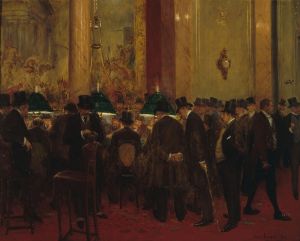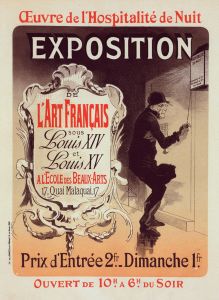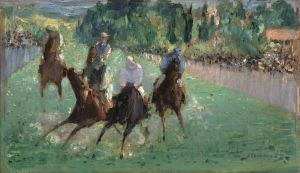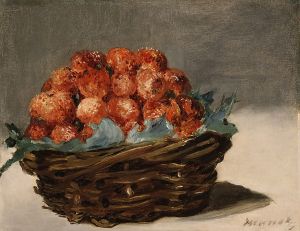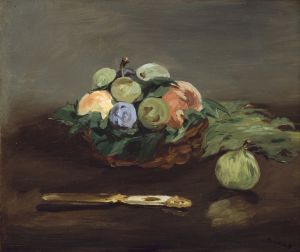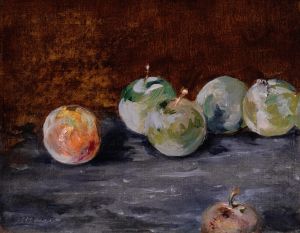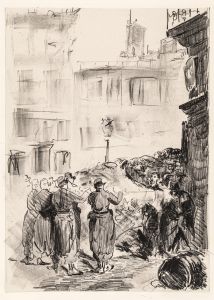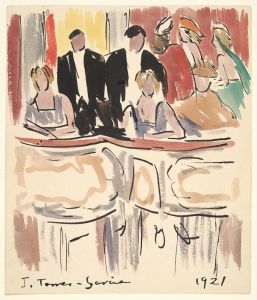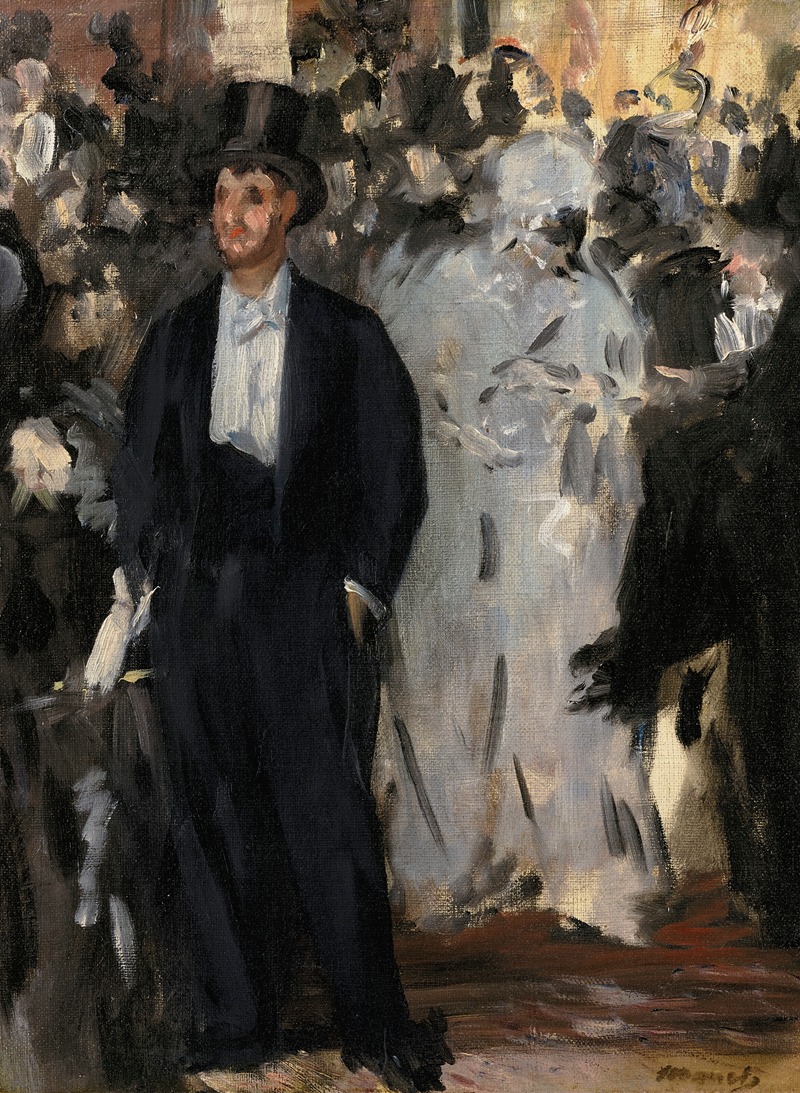
Le bal de l’Opéra
A hand-painted replica of Édouard Manet’s masterpiece Le bal de l’Opéra, meticulously crafted by professional artists to capture the true essence of the original. Each piece is created with museum-quality canvas and rare mineral pigments, carefully painted by experienced artists with delicate brushstrokes and rich, layered colors to perfectly recreate the texture of the original artwork. Unlike machine-printed reproductions, this hand-painted version brings the painting to life, infused with the artist’s emotions and skill in every stroke. Whether for personal collection or home decoration, it instantly elevates the artistic atmosphere of any space.
Édouard Manet's Le bal de l’Opéra (The Ball at the Opera) is a painting created in 1873. The work is an oil on canvas and is considered one of Manet's explorations of modern Parisian life during the late 19th century. The painting depicts a lively and crowded scene at the Paris Opera, which was a central hub of social and cultural activity at the time. The opera balls were extravagant events that attracted people from various social classes, providing a space for mingling, entertainment, and spectacle.
The composition of the painting is notable for its dynamic and fragmented portrayal of the crowd. Manet focuses on the interactions and gestures of the figures, capturing the energy and movement of the scene. The figures are dressed in formal attire, with men in black suits and women in elegant gowns, reflecting the fashion of the era. Masks and costumes, typical of such events, add an element of mystery and playfulness to the atmosphere.
Manet's brushwork in Le bal de l’Opéra is loose and impressionistic, a characteristic feature of his style during this period. The painting emphasizes the interplay of light and shadow, with the bright illumination of the ballroom contrasting against the darker, more subdued tones of the background. This technique enhances the sense of depth and vibrancy in the scene.
The painting is also significant for its social commentary. By depicting a public event like the opera ball, Manet captures the changing dynamics of Parisian society during the Second Empire and early Third Republic. The opera house was not only a venue for performances but also a space where the boundaries between different social classes could blur, albeit temporarily. Manet's choice to portray this subject reflects his interest in modern life and his desire to document the experiences of his contemporaries.
Le bal de l’Opéra is part of a broader body of work by Manet that examines the social and cultural life of Paris. While the painting is less well-known compared to some of his other works, such as Olympia or Le Déjeuner sur l'herbe, it remains an important example of his engagement with the themes of urban modernity and social interaction.
Today, the painting is housed in the Musée d'Orsay in Paris, where it is part of the museum's extensive collection of 19th-century art. It continues to be studied and appreciated for its artistic qualities and its insights into the cultural life of Manet's time.





